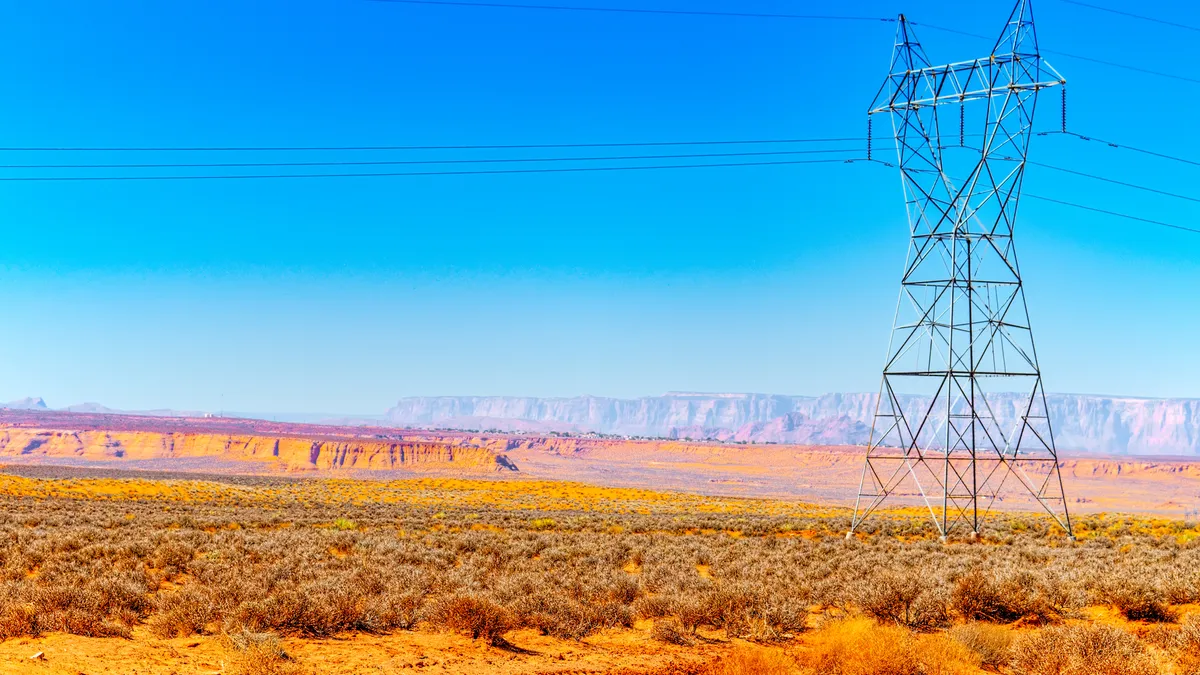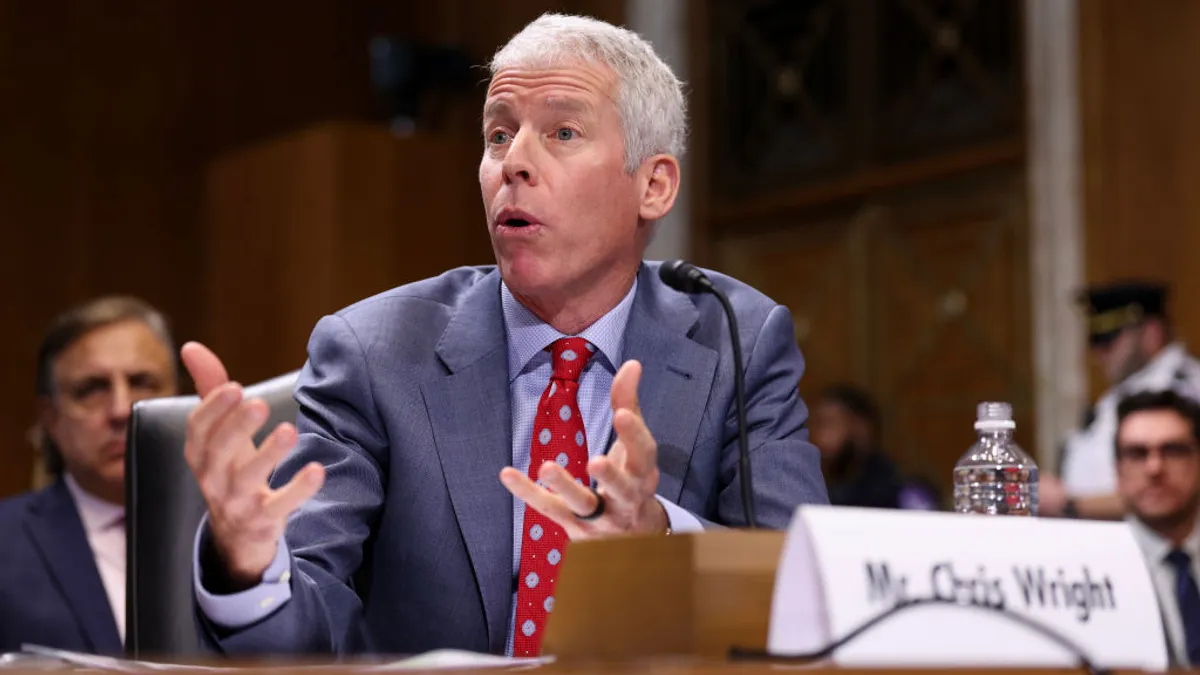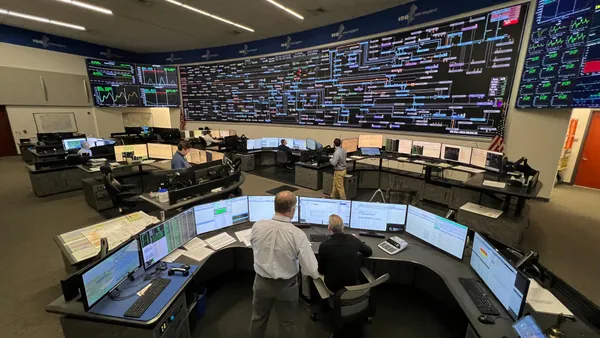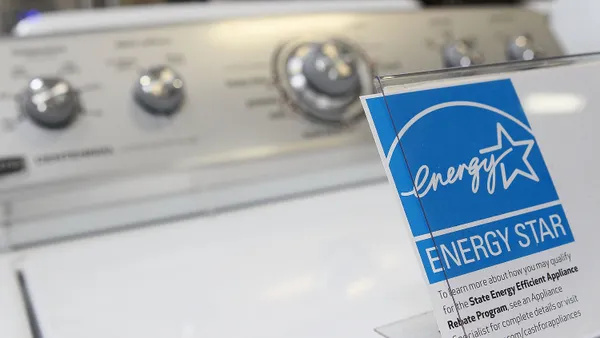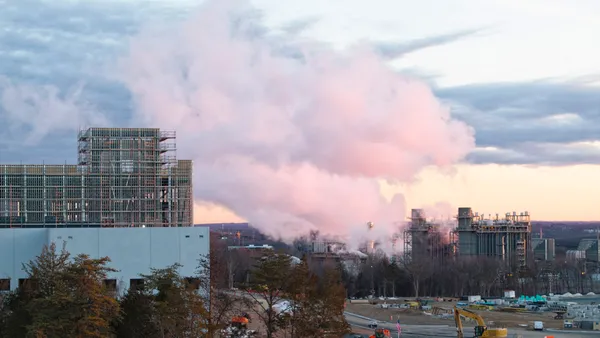Dive Brief:
- New York regulators, seeking to better quantify the potential risks and gains of new distributed technologies being proposed in the state's Reforming the Energy Vision proceeding, have issued a new white paper and opened the discussion up for debate.
- The Public Service Commission laid out three approaches, including using locational marginal pricing, a calculation of net marginal damage costs, and placing a cost on large scale renewable parity.
- Staff of the Public Service Commission are requesting comments, specifically focusing on which analytical components to include in the cost-benefit analysis, how to determine their value and how often the analysis should be updated.
Dive Insight:
New York utilities last week submitted a slate of demonstration projects last week, and alongside those the PSC has issued a new white paper aimed at figuring just how to calculate the potential costs and benefits of a new grid-transforming technologies and concepts.
While the paper notes that wherever possible a “standard source” is best for valuing a particular element, the reality is likely more complicated.
“Many costs, and thus values, at the distribution level will be specific to granular locations on each utility’s system and will be need to be identified and estimated by the utilities,” staff wrote. “Similarly, costs of [distributed energy resources] alternatives will not be known until the utilities solicit offers from the market in response to particular system needs.”
While the paper invites comment on how best to value the new types of resources being considered, it also lays out three basic concepts for how they could be viewed.
The first would use location-based marginal pricing, examining the compliance costs for emissions the New York’s Independent System Operator examines. A second method would use a detailed calculation of net marginal damage costs, examining the price of emissions that are avoided by distributed resources.
A final proposed method would implement a $25/MWh surcharge on distributed clean resources, essentially the price the New York State Energy Research and Development Authority has determined through its renewable solicitations.




